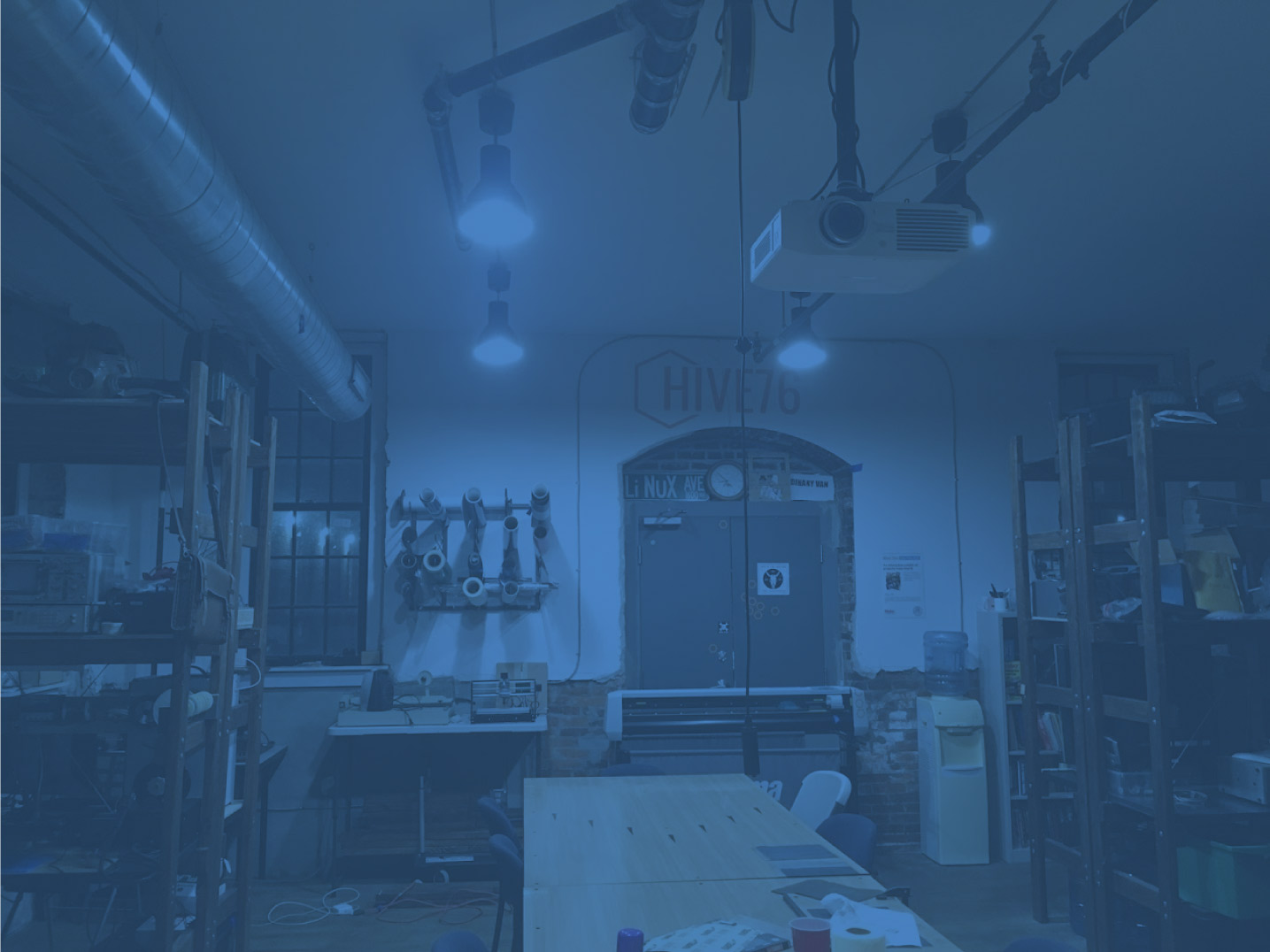After speaking to a few folks that expressed an interest in the MMMM workshop, it became apparent (a) most folks were newbs who want to learn the basics and (b) everyone wants to control motors. Excellent! We’ll do that.
Although motor control is potentially a vast and complex topic, with highly specialized branches, the basics are fairly easy to learn — and they’ll take you pretty far. So … we’ll be prepared to present the following items:
- DC motors
- H-bridge circuits — these let puny microcontrollers run fairly powerful motors
- Stepper motors — just a little more complex to program than DC motors and they use H-bridge circuits too
- Quadrature Encoders — these are a simple and accurate way to read the position of something
We’ll also try to discuss some organizational items — like the logistics of future workshops and the use of the MMMM GitHub, so that we can build up assets collectively, share them with the world and manage changes and contributions in a free-and-easy-but-organized way.
If you are coming , please bring:
- Yourself — If you’re a newb, welcome — If you’re an MCU Yoda, then attend you must and wisdom to newbs impart
- Some ideas
- A laptop if you have one
- You may want to install VMWare Player or VMWare Fusion before you arrive
That’s about it — see you all Monday. To whet your appetite, there is some prototype code below for reading a quadrature encoded position detector (not really elegant enough for a final effort, but it’s a start). We’ll have you writing stuff like this in no-time.
Continue reading “Monthly Monday Microcontroller Madness: Motors!”






